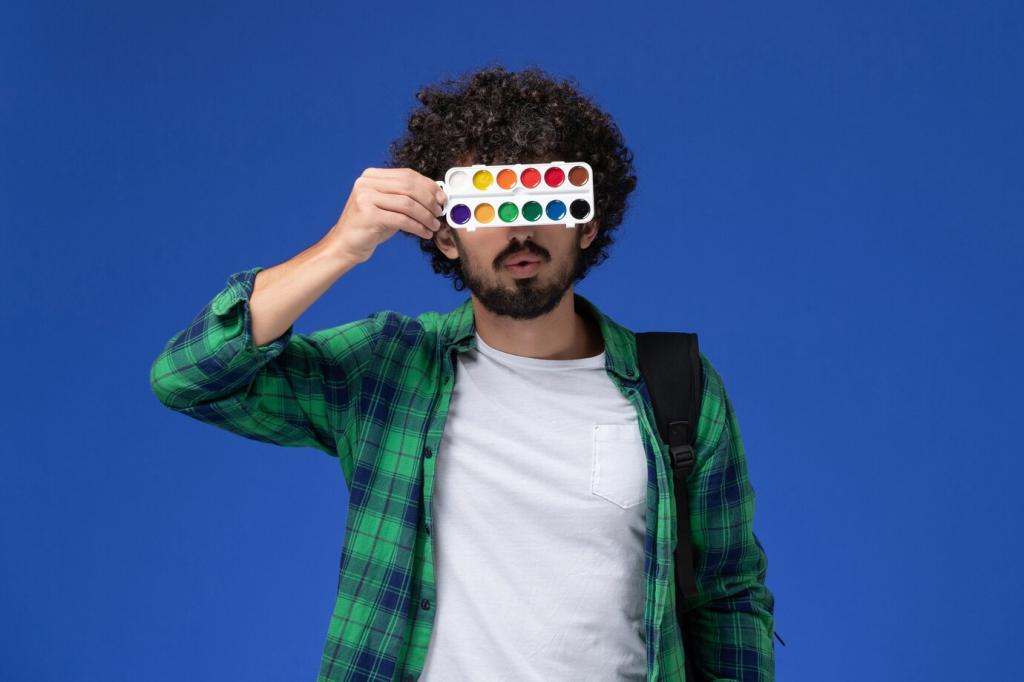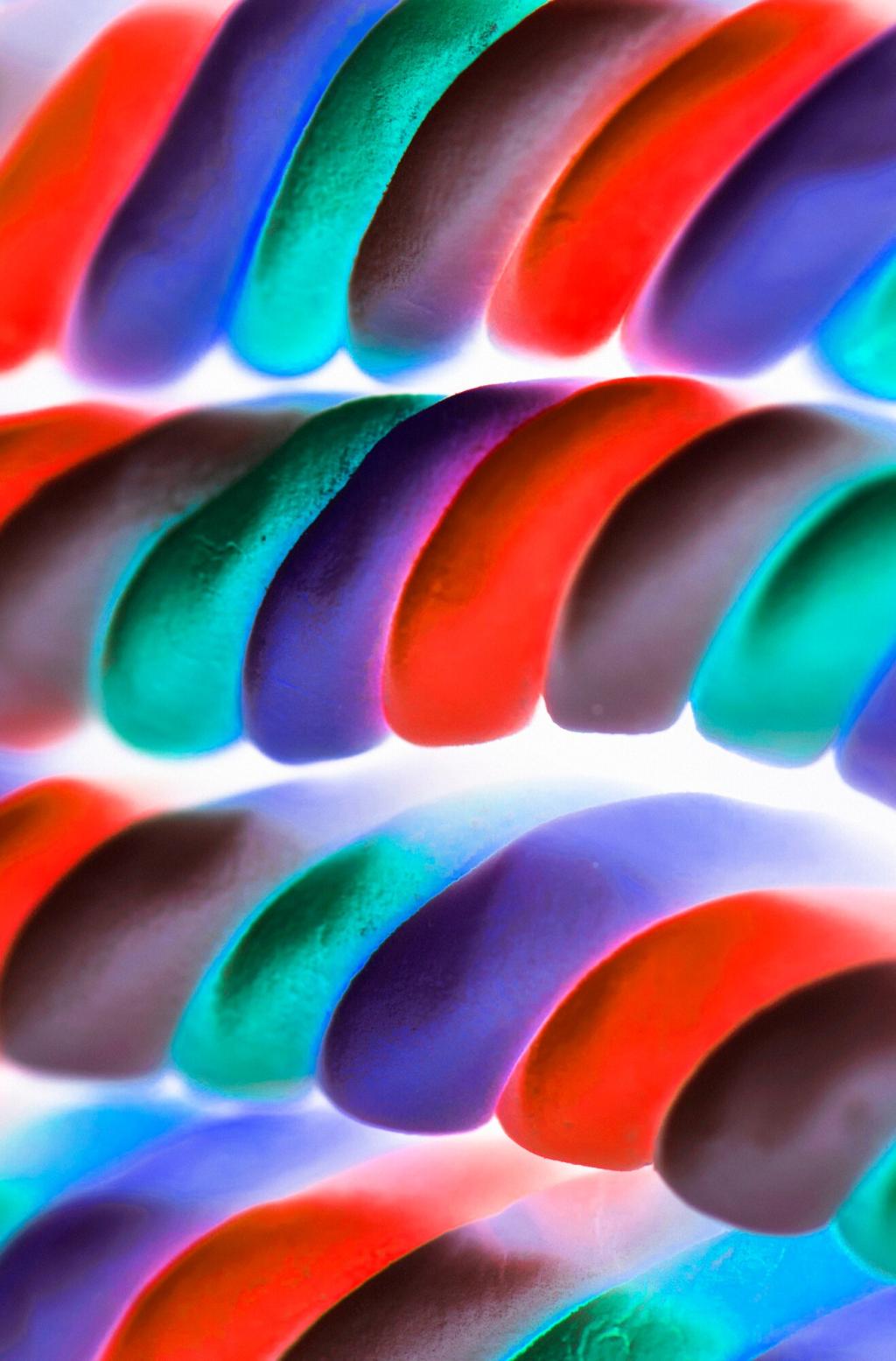Measure What Matters
Log one week of key signals: focused minutes, task completions, error corrections, and perceived fatigue. Note lighting conditions and colors you currently use. Without a baseline, improvements are guesswork. Share a snapshot of your baseline to help others calibrate their own experiments.
Measure What Matters
Change one variable at a time: wall hue, lamp temperature, or accessory color. Commit for seven days and compare metrics to baseline. Take quick photos to keep conditions consistent. Comment with your A/B results and what you’ll keep, tweak, or discard next month.




